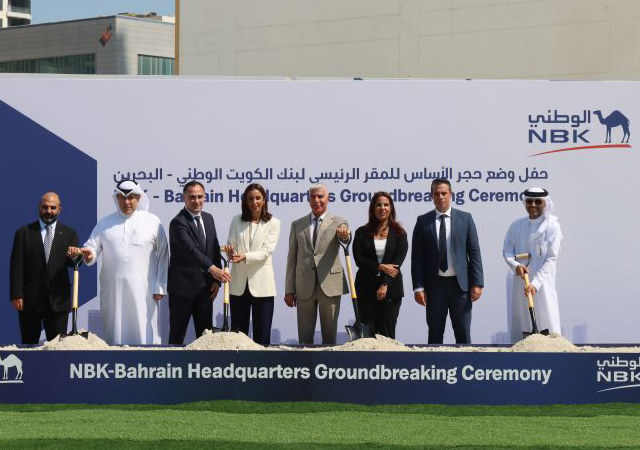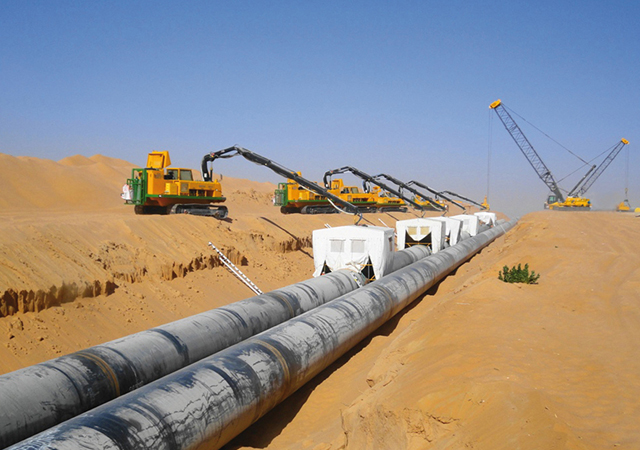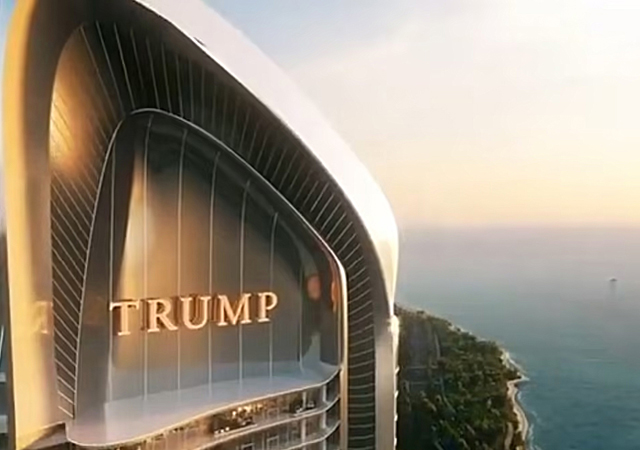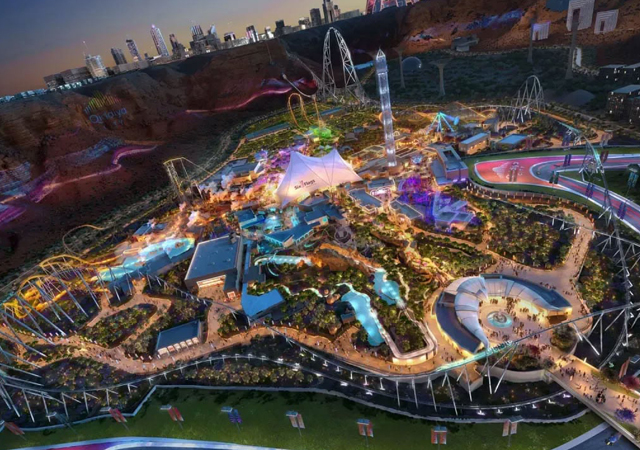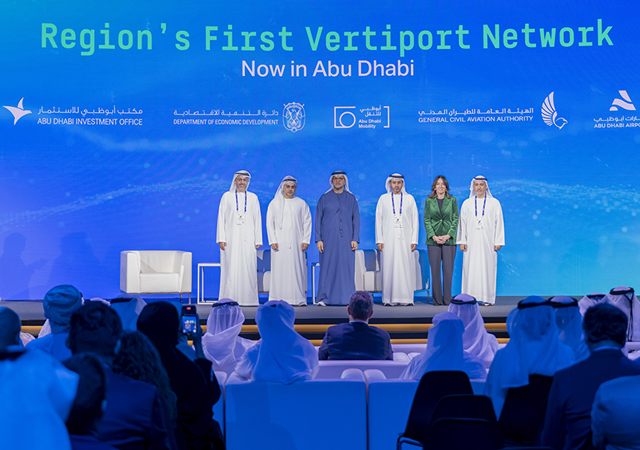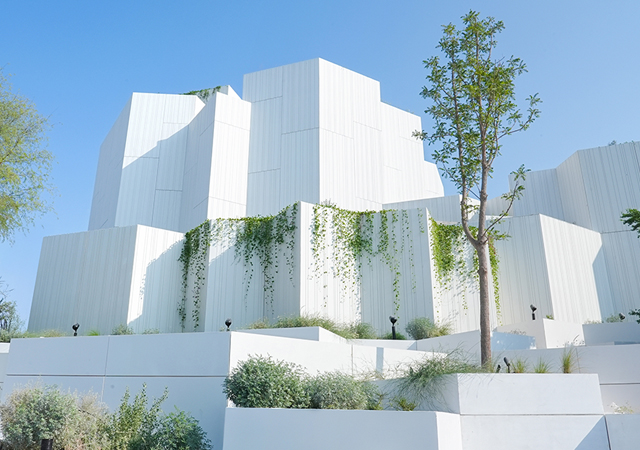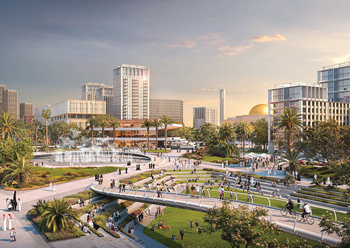
 The masterplan for King Salman International Airport in Riyadh.
The masterplan for King Salman International Airport in Riyadh.
Leading architectural firm Foster+Partners said it has won a competition to design the masterplan for King Salman International Airport, one of the world’s largest airports spread over a 57-sq-km area in Riyadh, featuring a host of facilities.
A mammoth project for the region, the new airport will boost Riyadh’s position as a global logistics hub, stimulate transport, trade and tourism, and act as a bridge linking the East with the West, stated the UK firm in its LinkedIn post.
It will boast six parallel runways and the existing terminals named after King Khalid. It will also include 12 sq km of airport support facilities, residential and recreational facilities, retail outlets, and other logistics real estate.
Once operational, the airport aims to accommodate up to 120 million travellers by 2030 and 185 million travellers, with the capacity to process 3.5 million tonnes of cargo, by 2050.
“Looking forward to the future, the new King Salman International Airport reimagines the traditional terminal as a single concourse loop, served by multiple entrances,” remarked Luke Fox, the Head of Studio at Foster + Partners.
“The terminal is very much of its place and connects passengers to the sensory experiences of the city, with natural elements, tempered light and state-of-the-art facilities,” stated Fox.
His Royal Highness Crown Prince Mohammed bin Salman bin Abdulaziz, Prime Minister and Chairman of the Council of Economic and Development Affairs (CEDA), Chairman of the Saudi sovereign wealth fund Public Investment Fund (PIF), had recently unveiled the masterplan for King Salman International Airport.
While announcing the launch, PIF had said this was in line with kingdom’s vision to transform Riyadh to be among the top 10 city economies in the world and to support the growth of the Saudi capital’s population to 15 to 20 million people by 2030.
The new airport, it stated, was expected to contribute SR27 billion ($7.2 billion) annually to non-oil GDP and also create 103,000 direct and indirect jobs, in line with Vision 2030 objectives.
The new airport is being designed as an aerotropolis centered around a seamless customer journey, world-class efficient operations, and innovation.
While planning the airport’s design, PIF said Riyadh’s identity and the Saudi culture will be taken into consideration to ensure a unique travel experience for visitors and transit travellers.
With sustainability at its core, the new airport will achieve LEED Platinum certification by incorporating cutting-edge green initiatives into its design and will be powered by renewable energy, it added.







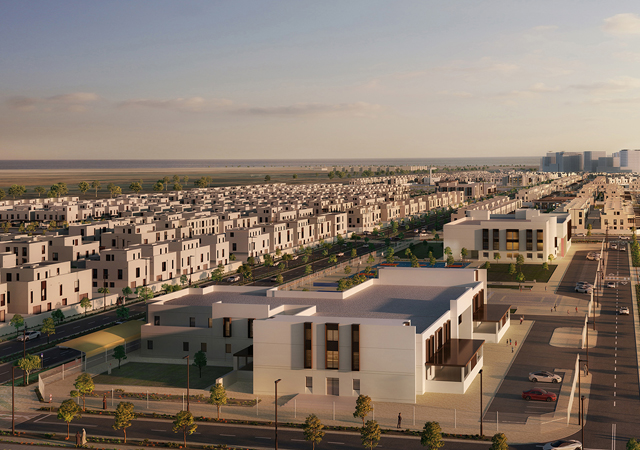

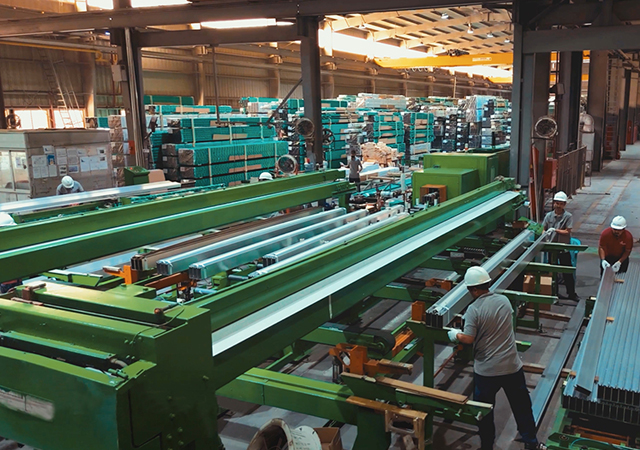



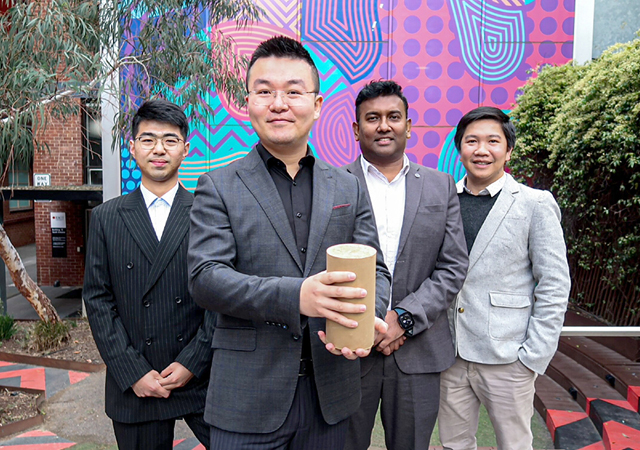



.jpg)


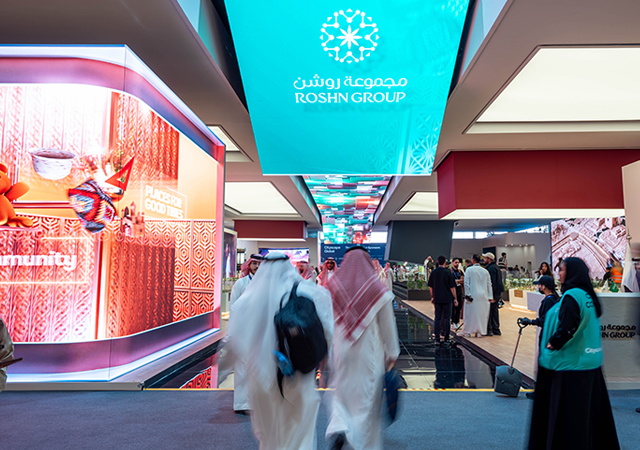








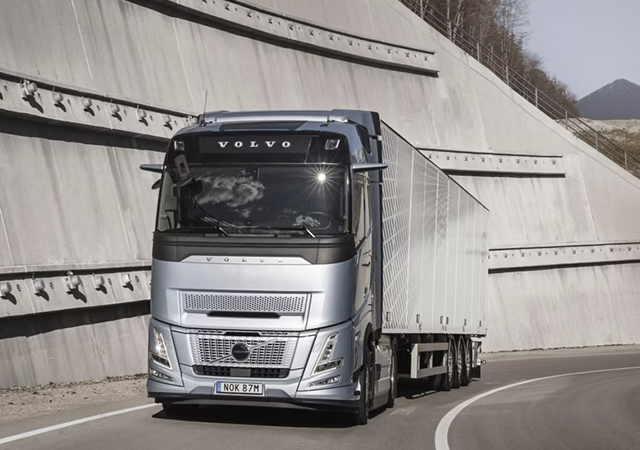

 (1).jpg)








